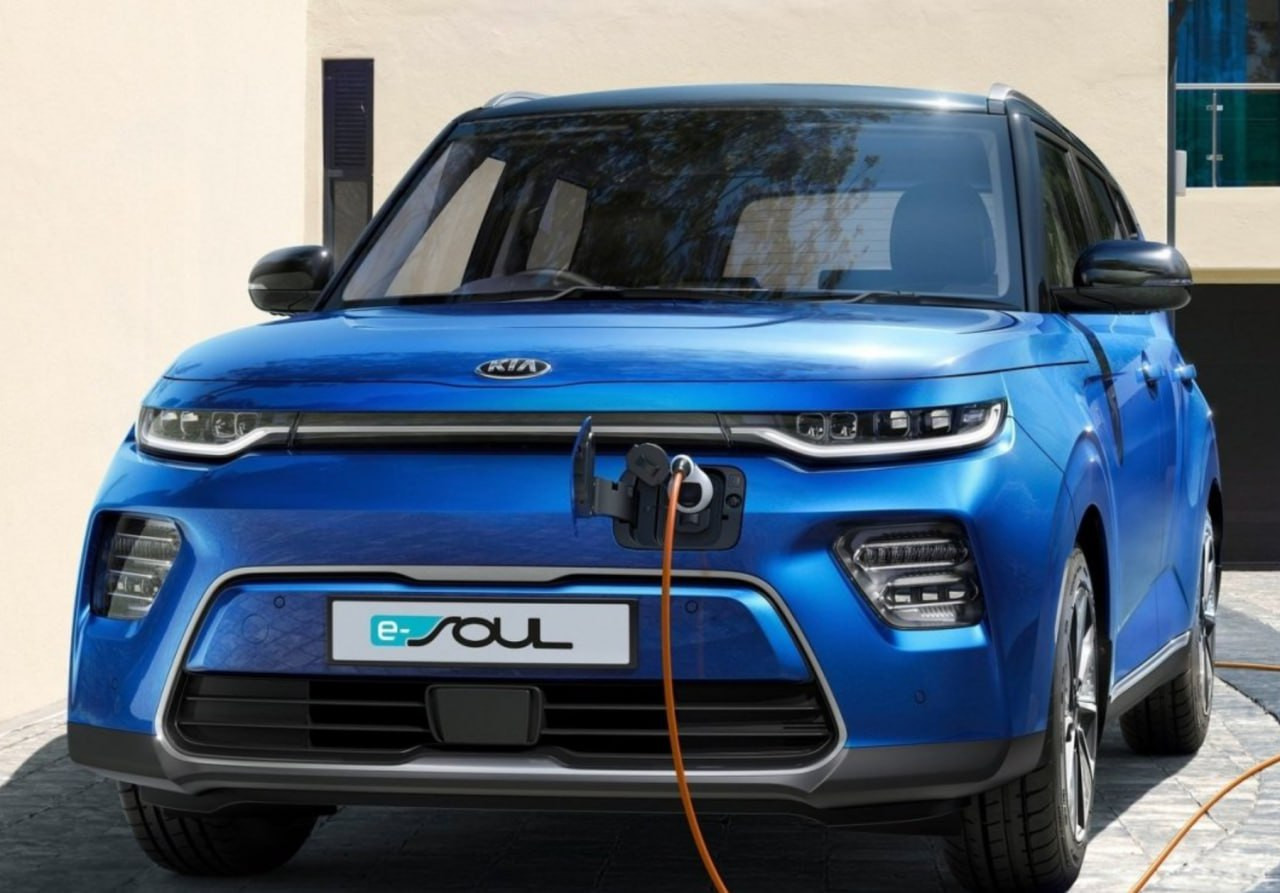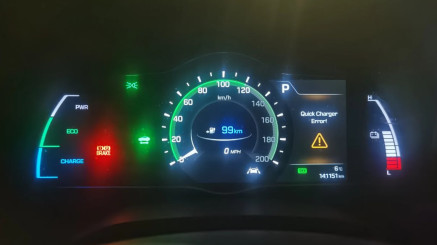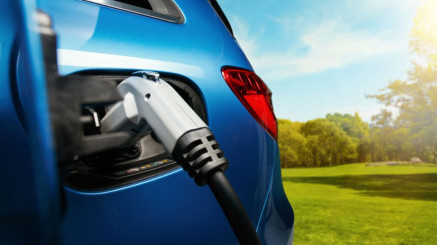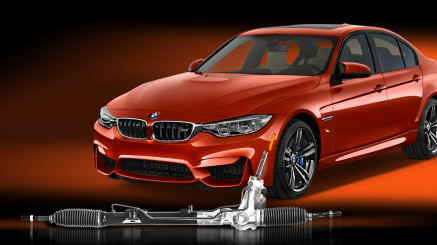How to solve problems with electric vehicles - engine noise and antifreeze leakage

How to solve the problems of electric vehicles - engine noise and antifreeze leakage
Electric cars are becoming more and more common on the market, with their consumer properties and quality of manufacture constantly improving. Unfortunately, there are also unpleasant trends. These are malfunctions inherent in entire classes of electric cars that automakers are in no hurry to fix. Let's look at two of the most common cases - breakdowns that have become classics.
Noise in the motor of Korean electric cars
The next arrival to our service is Kia e-Soul. The model is the latest, third generation, released in 2018. The body is new, but the problems remain the same. With 91 thousand kilometres, the car came in with a complaint about engine noise. We had heard the same rumble before, in Kia Niro EV, Hyundai Kona, Hyundai Ioniq.
The reason in all cases was bearings: the rotor, the primary shaft of the gearbox. Although the degree of wear was different: somewhere the problem was only at the initial stage, and it was enough to replace one bearing (but we still changed the entire set so as not to disassemble the engine for the second time), and somewhere the worn bearing managed to break its seat and clog the entire engine with chips.
Every time we hoped that the automakers would take action, and soon the flow of cars with this, frankly speaking, not a serious problem would soon dry up. But as we can see, engineers are changing the interior and exterior of the car, but not the engine. This unit on the table is a complete analogue of the previous engines we have disassembled. This means that it has the same problems - bearings. Unfortunately, we will have work to do.
In addition, it would be a mistake to think that the problem is inherent only in electric vehicles of these two related Korean brands. No, we have had customers with the same and even more serious problems:
- Peugeot 208;
- Chevrolet Bolt, on which a collapsed bearing punched a hole in the body, and the engine had to be replaced due to the impracticality of repair;
- Volkswagen e-Golf;
- Volkswagen ID.4
The last car (ID.4) became a kind of record holder: the bearing failed on it at a mileage of 20 kilometres (not thousands!), and in such a way that it managed to destroy the resolver disc and the resolver itself.
Drowned on land
Antifreeze leakage into the engine is the second most common problem that owners of electric vehicles come to us with. An example is a Mercedes-Benz EQC that came to our car service.
Diagnostics showed the error «insulation breakdown on the body». This is an electric crossover with a drive on both axles, so at first, using a megohmmeter, we determined that it was the rear motor. We removed it, disassembled it, and opened the inverter. We insulated the motor windings and checked them again for breakdown. The information was confirmed - indeed, antifreeze got inside the motor, which should not have been there.
We already had a version of where the leak came from, but we decided to eliminate all doubts and check if there was a leak in the engine jacket. Moreover, traces of antifreeze were present in both the lower and upper parts of the engine. We separately pressurised all the coolant channels running through the motor and inverter - no problems were found. It turns out that antifreeze gets inside through a standard place for electric vehicles - the rotor shaft seal.
This is a serious and very common problem. Over time, or due to high engine speed, the oil seal in contact with the rotor shaft makes a depression through which coolant enters the bearing. There, it washes away the lubricant, seeps into the rotor and then into the stator. As a result, the stator winding can be damaged: it shorts out. In the most severe cases, when it is not possible to restore the resistance by washing and drying, it even has to be rewound. We can do this, too, in compliance with all factory technologies.
In addition to the rotor and stator, the electronic components of the motor can also be affected: the control board and its contacts. This is also a very big problem, because on some cars (for example, Mercedes-Benz B250 ED) there is no way to install a used board, and this greatly increases the cost of repairs. However, on other cars, it is also not easy to restore the electric motor after antifreeze has entered it.
Most often, the malfunction occurs in cars equipped with Tesla electric motors. These are the already mentioned Mercedes-Benz B250 ED, Toyota RAV 4, and sometimes Tesla itself. In these cars, the factory does not provide for emergency antifreeze drainage, which aggravates the consequences: the liquid does not go anywhere, and the engine becomes a kind of "aquarium" in which its components sink.
The problem is also inherent in other models, such as the Audi e-tron or Mercedes-Benz EQC, with which we started the story. But here, there are test plugs to check for oil seal leaks. In other cases, it is recommended to remove the motor speed sensor from time to time to check for leaks.
Conclusions
Now about the causes of the breakdown. It is difficult to unequivocally call this a design error - during quiet driving, leaks rarely occur. It is caused by damage to the Teflon seal, and with it the surface of the rotor shaft, most often by a sharp increase in the speed of a cold electric motor. For example, fast driving in an unheated car. But not necessarily - on the EQC that came to us, the driver tried to climb a high curb.
In short, electric vehicle manufacturers are also people. It is difficult for them to take into account all possible situations, so unforeseen problems sometimes arise. The main thing is to turn to real professionals to solve them. Contact us at STS.Parts!






